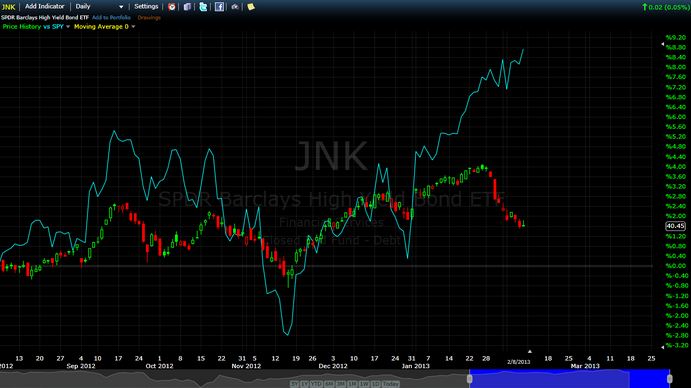By: Steve Sosnick, Chief Strategist, Interactive Brokers
Buying the dip has become one of the most popular strategies with a wide range of investors, and generally quite a reliable one. We saw it in action yesterday, when the S&P 500 (SPX) recouped about two-thirds of Friday’s declines. So far this month, however, we have seen a pattern of lower highs and lower lows. That is the definition of a downtrend, short as it is. Here is the concern: buying a dip works really well in an uptrend but becomes treacherous if a downtrend becomes more sustained.
If buying dips works in an uptrend, the opposite must be true in a downtrend. Selling rallies becomes the preferred strategy. The direction of the trend dictates which type of trade – long or short – is more likely to be profitable over a longer period. In theory, that change is easy enough to identify. In reality, it is extraordinarily difficult to recognize turning points. Every change in a secular trend starts as a modest change in the shorter-term trends. Sometimes that trend change is triggered by a major market event, say a day when advances outpace declines (or vice versa) by 10:1 on high volume; but other times the change is subtle.
A subtle change in trend can be like the proverbial frog in a pot. The water can seem pleasant, but if the temperature is raised gradually, the frog might not react in time to escape the boiling water.
Now consider active investors who have been accustomed to seeing every dip as a buying opportunity. The dips can be bought – even bear markets have (sometimes ferocious) rallies – but the window for profitable trades from the long side shrinks dramatically. Those who expend their capital chasing downticks risks piling on losses.
That said, so much of this depends upon the trader or investor’s time horizon. Trends can play out over simultaneously. Thanks to the fractal nature of price movements, even shorter-term trends might be up or down over any given time period even within the longer trends. The key is matching the trend to the user’s time horizon. If one is day trading, for example, the longer-term trend may certainly be informative, but the decisions should be based on shorter intervals. If one is a long-term investor, however, short-term moves might simply be noise amidst a secular move.
The problems arise when people forget that logic, when normally disciplined traders hold onto long positions under the guise of them becoming good investments, or when stolid investors react to short-term dislocations. Knowing your style and risk tolerance is key. There’s an old adage that says “bulls make money, bears make money, pigs get slaughtered.” I know of none regarding frogs getting cooked.
Originally Posted September 10th, 2024, IBKR Traders’ Insight
PHOTO CREDIT: https://www.shutterstock.com/g/sandsun
Via SHUTTERSTOCK
DISCLOSURES: Interactive Brokers
Information posted on IBKR Campus that is provided by third-parties does NOT constitute a recommendation that you should contract for the services of that third party. Third-party participants who contribute to IBKR Campus are independent of Interactive Brokers and Interactive Brokers does not make any representations or warranties concerning the services offered, their past or future performance, or the accuracy of the information provided by the third party. Past performance is no guarantee of future results.
This material is from IBKR Macroeconomics and is being posted with its permission. The views expressed in this material are solely those of the author and/or IBKR Macroeconomics and Interactive Brokers is not endorsing or recommending any investment or trading discussed in the material. This material is not and should not be construed as an offer to buy or sell any security. It should not be construed as research or investment advice or a recommendation to buy, sell or hold any security or commodity. This material does not and is not intended to take into account the particular financial conditions, investment objectives or requirements of individual customers. Before acting on this material, you should consider whether it is suitable for your particular circumstances and, as necessary, seek professional advice.


